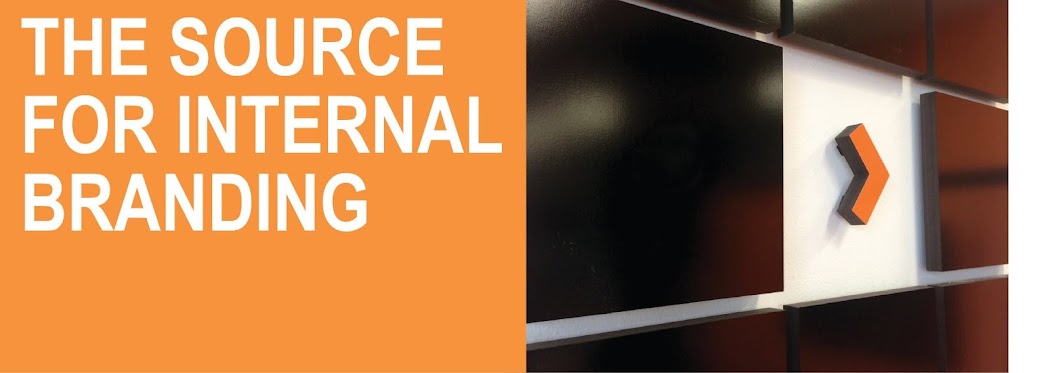Rick DeMarco, Managing Director, West Coast Operations at Inward Strategic Consulting shares an example of the role hourly workers play in delivering great customer experience that builds brand loyalty.
I cannot tell you that I am an expert on coffee. Nor can I tell you how the beans used by
Starbucks compare to those used by competitive coffee houses or brands. But, I can tell you that I will always buy my
lattes from Starbucks. I LOVE the
brand! And it isn’t necessarily the
coffee I love. It’s the experience I get
consistently at every single Starbucks I visit.
So what makes Starbucks so special?
I want to share a recent experience I had at a Starbucks
location in Morgan Hill, California. But
first, let me share a few pieces of research that are critical for any
organization that wants to deliver exceptional customer experiences. First, there is empirical evidence from
significant amounts of research that ties exceptional customer experiences directly
to having an engaged and inspired workforce.
When employees believe in the vision and brand promise and are trained
to deliver on that promise at every touch point, amazing things happen. They
fully understand that the brand gains or loses equity every time a customer
interacts with it and they also fully understand how their role impacts that
customer experience.
Secondly, significant research has been done on the
drivers of customer loyalty and one of the key findings is that when an
organization delivers a poor customer experience, they actually have an
opportunity to improve loyalty, based on how they deal with that failure. Case in point. If I buy a new car and nothing goes wrong, I
never have the opportunity to test the quality of the service and after sales
support of that dealership. Don’t get me
wrong. I don’t want the car to
fail. But again, key findings from
research prove that if the car does have a problem and the dealership handles
it quickly and efficiently, my loyalty will actually be higher than if I had
never had a problem.
Now with those two pieces of research as background, let
me share my experience. As customer
focused as a company may be, employees are human beings and mistakes are
made. But a potential disappointment in
a brand that I hold in high regard turned into a validation of my love of that
brand last week when I went into a Starbucks in Morgan Hill, California and
ordered 3 lattes. The person behind the counter was engaging and friendly as I
have come to expect anytime I walk into a Starbucks. After paying for my
purchase, I moved to the counter to wait for my drinks. The first drink came up quickly. A few moments later, the second one was
placed on the counter. Then I started
hearing other names being called and other drinks being delivered. I had given the two drinks to my son who was
with me, and was still standing by the counter, just about to ask what was
going on with my third drink. However,
before I even got the chance to ask, the barista, as busy as he was preparing
drinks, noticed that I was still standing there and asked me if there was
something else I needed. I told him that
I had a third drink ordered. He quickly
apologized. Then he immediately disregarded
the list of drinks that were on order and made mine, which he delivered
promptly. Upon presenting my drink to
me, he again apologized and handed me a coupon and said the next drink is on
us. We are very sorry for the
inconvenience.
Incredible! As
much as I love Starbucks, this experience presented an opportunity for me to be
disappointed as a customer and for me to wonder if Starbucks was slipping. But this barista, not the person taking
orders, did everything right to turn a bad experience into a good one.
1. He
noticed that I was still standing around and proactively asked me if there was
anything else I needed. I never had to
say anything.
2. He
apologized sincerely
3. He
immediately made it right. He stopped
what he was doing and made the drink that I was waiting for.
4. He
apologized again and to demonstrate his desire to make a customer happy, gave
me a coupon for a free coffee.
Why do I love
Starbucks? They get it. By training and developing a highly inspired
and engaged workforce, they create exceptional customer experiences every
single time I visit one of their stores, whether it’s in Morgan Hill or Chicago
or Boston or Arkansas.
Starbucks, you have my
loyalty forever!


